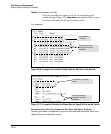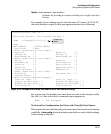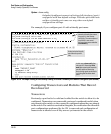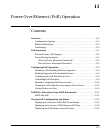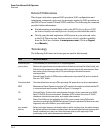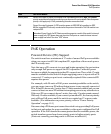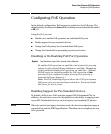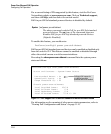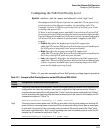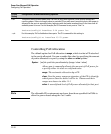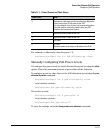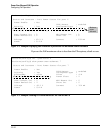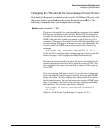
Power Over Ethernet (PoE) Operation
PoE Operation
Note Depending on power demands, lower-priority ports on a switch with high PoE
power demand may occasionally lose power due to the demands of higher-
priority ports. (Refer to “Power Priority Operation” for further details.)
Power Priority Operation
In the default configuration PoE power priority is determined by port number,
with the lowest numbered port having the highest priority.
When Is Power Allocation Prioritized?
If a PSE can provide power for all connected PD demand, it does not use its
power priority settings to allocate power. However, if the PD power demand
oversubscribes the available power, then the power allocation is prioritized
to the ports that present a PD power demand. This causes the loss of power
from one or more lower-priority ports to meet the power demand on other,
higher-priority ports. This operation occurs regardless of the order in which
PDs connect to the switch’s PoE-enabled ports.
How Is Power Allocation Prioritized?
There are two ways that PoE power is prioritized:
■ Using a priority class method, a power priority of Low (the default),
High, or Critical is assigned to each enabled PoE port.
■ Using a port-number priority method, a lower-numbered port has
priority over a higher-numbered port within the same configured
priority class, for example, port A1 has priority over port A5 if both
are configured with High priority.
11-6



